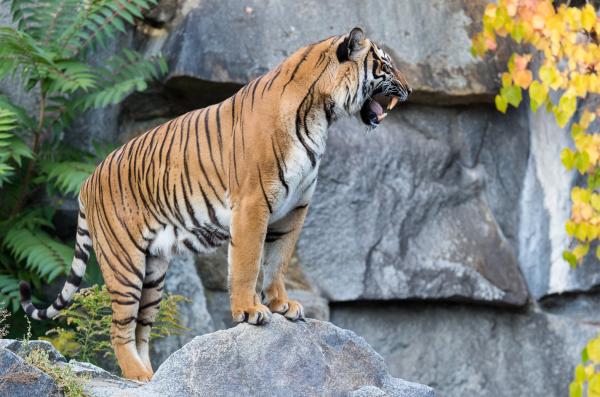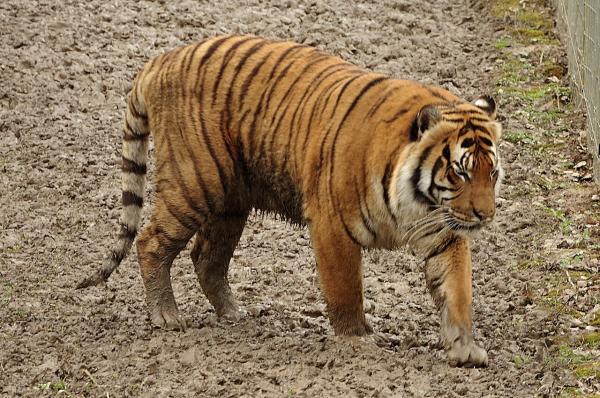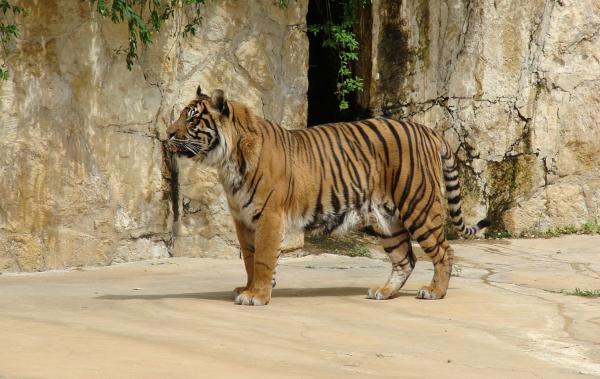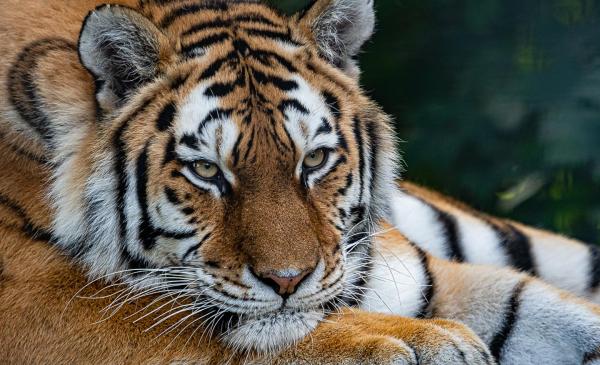The tiger (Panthera tigris) is one of the world’s largest and most iconic wild cats. Historically, there were 9 tiger subspecies, but only 6 remain today. This article explores each living subspecies, their characteristics, distribution, and the conservation challenges they face—a must-read for wildlife enthusiasts and conservationists.

How Many Tiger Subspecies Exist?
The 6 Living Subspecies of Tigers
Bengal Tiger
Indochinese Tiger
Malayan Tiger
Sumatran Tiger
Siberian Tiger
South China Tiger
Extinct Subspecies of Tigers
Why Are Tigers Endangered? Importance of Conservation
There are currently 6 recognized living tiger subspecies:
Bengal tiger (Panthera tigris tigris)
Indochinese tiger (Panthera tigris corbetti)
Malayan tiger (Panthera tigris jacksoni)
Sumatran tiger (Panthera tigris sumatrae)
Siberian tiger (Panthera tigris altaica)
South China tiger (Panthera tigris amoyensis)
1) Bengal Tiger (Panthera tigris tigris)
The most numerous and well-known tiger, found mainly in India, but also in Nepal, Bangladesh, Bhutan, and parts of Southeast Asia. Bengal tigers inhabit various environments from tropical forests to mangroves. They feature orange fur with black stripes and a white belly. Due to poaching and habitat loss, they are classified as endangered by the IUCN.

2) Indochinese Tiger (Panthera tigris corbetti)
Native to Cambodia, Southeast China, Laos, Myanmar, Thailand, and Vietnam. Smaller and darker than the Bengal tiger, with denser stripes. Only 700–1,300 individuals remain. Major threats include habitat loss, poaching, and inbreeding due to isolated populations.

3) Malayan Tiger (Panthera tigris jacksoni)
Found only on the Malay Peninsula, the Malayan tiger was once considered part of the Indochinese subspecies but has distinct genetics. Fewer than 250 remain in the wild, making it critically endangered.

4) Sumatran Tiger (Panthera tigris sumatrae)
Endemic to the Indonesian island of Sumatra, it is the smallest living tiger subspecies. It lives in rainforests and swamps and is a strong swimmer. Recent genetic studies highlight its uniqueness, and it is also critically endangered.

5) Siberian Tiger (Panthera tigris altaica)
Also known as the Amur tiger, it is the largest existing tiger subspecies. It lives in the forests of the Russian Far East and the China-Russia border, adapted to extremely cold climates with thick fur. Only around 500 remain.

6) South China Tiger (Panthera tigris amoyensis)
The most critically endangered subspecies, possibly extinct in the wild. Only a few individuals survive in captivity. Considered the ancestor of all modern tigers, its protection is vital for tiger conservation.

Three subspecies have gone extinct in recent history:
Caspian tiger (Panthera tigris virgata) – extinct since the 1970s, once found near the Caspian Sea;
Javan tiger (Panthera tigris sondaica) – extinct since the 1980s, native to Java, Indonesia;
Bali tiger (Panthera tigris balica) – extinct since the 1940s, native to Bali, Indonesia.
Main threats include poaching (for fur, bones, and body parts), habitat loss due to deforestation and human encroachment, and human-wildlife conflict. Protecting tigers means saving an apex predator, which helps maintain healthy, balanced ecosystems and biodiversity.
animal tags: Tigers
We created this article in conjunction with AI technology, then made sure it was fact-checked and edited by a Animals Top editor.